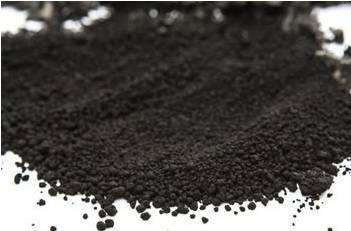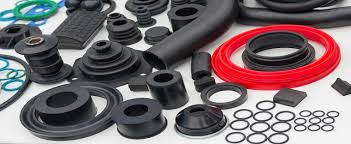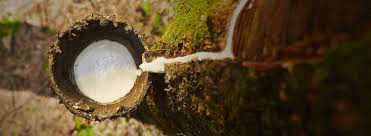Global natural rubber production area begins to enter the low-yield period
The global natural rubber production area has begun to transition from high-yield to low-yield, and the expectation of seasonal reduction has boosted the rubber market.
As of January, domestic natural rubber production areas in Yunnan and Hainan have been completely shut down. Due to the reduction in the supply of raw material glue, the purchase price of the rubber factory has rebounded slightly, and the reluctance to sell has warmed up. As the temperature continues to drop, the northern and central regions of Thailand are the first to transition to the stop-cut season, and in mid-January they have heard that some areas have been cut. At the beginning of 2019, the typhoon “Pabu” entered the Gulf of Thailand, and many places in Thailand suffered continuous heavy rainfall, which led to the failure of the tapping activity. However, the typhoon directly affected the time is relatively short. After the weather improved, the tapping of southern Thailand’s production area gradually recovered, and the output was very abundant.
It is reported that the rubber production in southern Thailand is about doubled in January, and it is expected to be produced smoothly until the end of February. Indonesia and Malaysia are relatively smooth in tapping and are expected to enter the period of reduced production in February. The Indonesian production area was affected by the disease, and the output was down by about 20% from the previous year. In February, most rubber plantations in Vietnam stopped cutting holidays in advance due to the low profit margin and the payment of wages.
In summary, the global natural rubber supply will gradually move from the peak to the bottom. The basic area of natural rubber is weak and difficult to return, but it is seasonal or under the rebound.

 Pусский
Pусский


